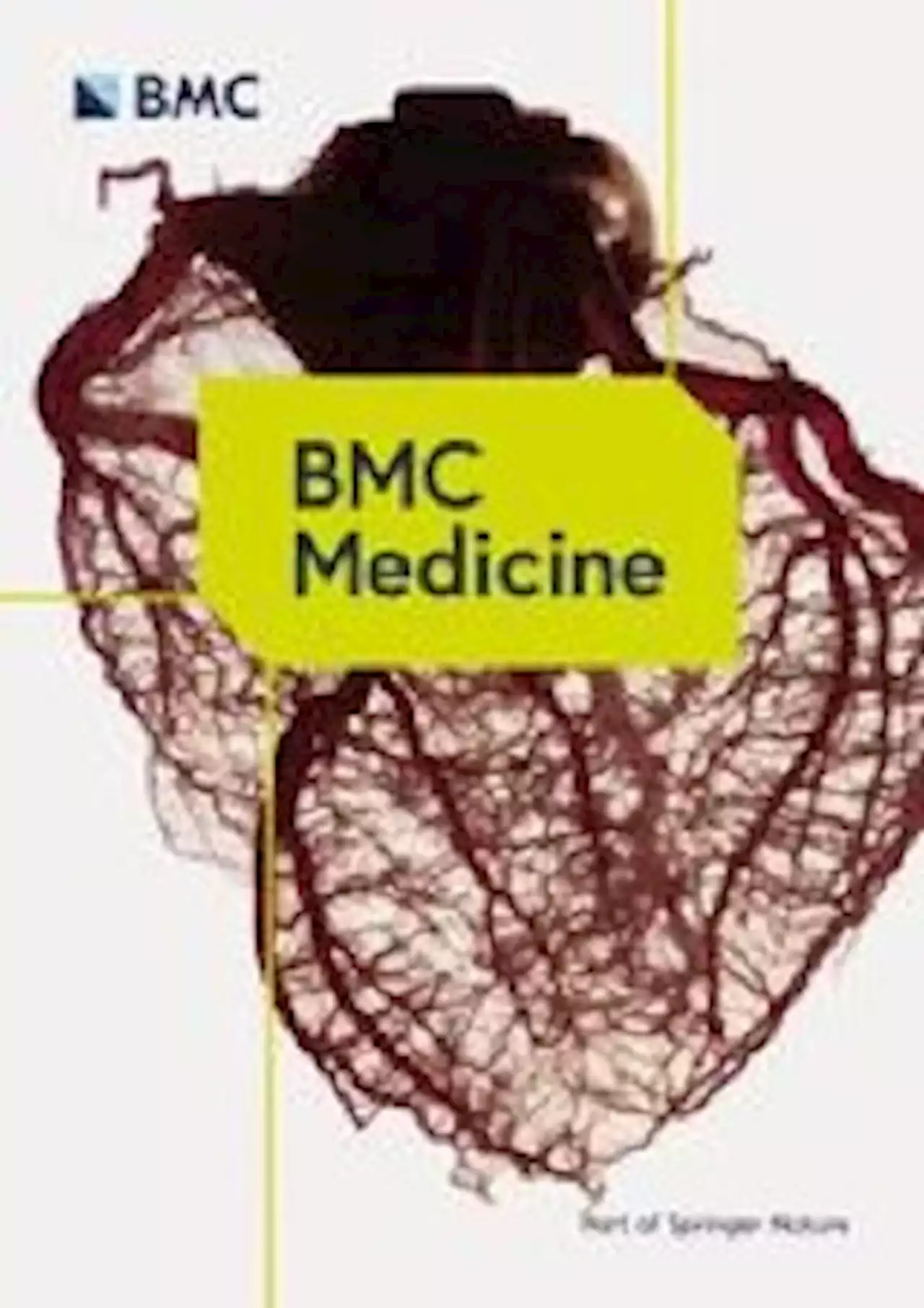A study published in JEatDisord reports that household mental illness, household violence, and having a criminal household member are all associated with binge eating disorders in early adolescence.
Bellis MA, Hughes K, Ford K, Ramos Rodriguez G, Sethi D, Passmore J. Life course health consequences and associated annual costs of adverse childhood experiences across Europe and North America: a systematic review and meta-analysis. Lancet Public Heal. 2019;4.
Testa A, Jackson DB. Adverse childhood experiences and food insecurity in adulthood: evidence from the national longitudinal study of adolescent to adult health. J Adolesc Heal. 2020;67. Santomauro DF, Melen S, Mitchison D, Vos T, Whiteford H, Ferrari AJ. The hidden burden of eating disorders: an extension of estimates from the Global Burden of Disease Study 2019. The Lancet Psychiatry. 2021;8.
Hazzard VM, Bauer KW, Mukherjee B, Miller AL, Sonneville KR. Associations between childhood maltreatment latent classes and eating disorder symptoms in a nationally representative sample of young adults in the United States. Child Abus Negl. 2019;98. Volpe U, Tortorella A, Manchia M, Monteleone AM, Albert U, Monteleone P. Eating disorders: what age at onset? Psychiatry Res 2016;238.
Dorn LD, Hostinar CE, Susman EJ, Pervanidou P. Conceptualizing puberty as a window of opportunity for impacting health and well-being across the life span. J Res Adolesc. 2019;29. Ghandour RM, Sherman LJ, Vladutiu CJ, Ali MM, Lynch SE, Bitsko RH, et al. Prevalence and treatment of depression, anxiety, and conduct problems in US children. J Pediatr. 2019;206.
Heeringa SG, Berglund PA. A guide for population-based analysis of the adolescent brain cognitive development study baseline data. bioRxiv. 2020. Shin SH, McDonald SE, Conley D. Profiles of adverse childhood experiences and impulsivity. Child Abus Negl. 2018;85. Von CE, Sinnott C, Dahly D. Kearney PM. Perceived social support as a potential protective factor. BMJ Open: Adverse childhood experiences and later-life depression; 2017. p. 7.Seidemann R, Duek O, Jia R, Levy I, Harpaz-Rotem I. The reward system and post-traumatic stress disorder: does trauma affect the way we interact with positive stimuli? Chronic Stress. 2021.
Palmisano GL, Innamorati M, Vanderlinden J. Life adverse experiences in relation with obesity and binge eating disorder: A systematic review. J Behav Addict 2016. Guevara RM, Moral-García JE, Urchaga JD, López-García S. Relevant factors in adolescent well-being: family and parental relationships. Int J Environ Res Public Health. 2021;18.
United Kingdom Latest News, United Kingdom Headlines
Similar News:You can also read news stories similar to this one that we have collected from other news sources.
 Males exposed to COVID-19 in utero may be at elevated risk of neurodevelopmental disordersMales exposed to COVID-19 in utero may be at elevated risk of neurodevelopmental disorders medrxivpreprint MassGeneralNews COVID19 SARSCoV2 Neurodevelopment NeurodevelopmentalDisorders
Males exposed to COVID-19 in utero may be at elevated risk of neurodevelopmental disordersMales exposed to COVID-19 in utero may be at elevated risk of neurodevelopmental disorders medrxivpreprint MassGeneralNews COVID19 SARSCoV2 Neurodevelopment NeurodevelopmentalDisorders
Read more »
 Incredible 4-bed home over 6 floors on sale - and it has a unique featureA HISTORIC property with over six floors has hit the market for £800,000 – and it will certainly stand out in the neighbourhood. The grade-II listed property dates back 200 years, and even co…
Incredible 4-bed home over 6 floors on sale - and it has a unique featureA HISTORIC property with over six floors has hit the market for £800,000 – and it will certainly stand out in the neighbourhood. The grade-II listed property dates back 200 years, and even co…
Read more »
 Prednisolone does not improve olfactory function after COVID-19: a randomized, double-blind, placebo-controlled trial - BMC MedicineBackground Prednisolone has been suggested as a treatment for olfactory disorders after COVID-19, but evidence is scarce. Hence, we aimed to determine the efficacy of a short oral prednisolone treatment on patients with persistent olfactory disorders after COVID-19. Methods We performed a randomized, double-blind, placebo-controlled, single-centered trial in the Netherlands. Patients were included if they were | 18 years old and if they had persistent (| 4 weeks) olfactory disorders within 12 weeks after a confirmed COVID-19 test. The treatment group received oral prednisolone 40 mg once daily for 10 days and the placebo group received matching placebo. In addition, all patients performed olfactory training. The primary outcome was the objective olfactory function on Sniffin’ Sticks Test (SST) 12 weeks after the start of treatment, measured in Threshold-Discrimination-Identification (TDI) score. Secondary outcomes were objective gustatory function assessed by the Taste Strip Test (TST) and subjective self-reported outcomes on questionnaires about olfactory, gustatory and trigeminal function, quality of life, and nasal symptoms. The CONSORT 2010 guideline was performed. Results Between November 2021 and February 2022, we included 115 eligible patients, randomly assigned to the treatment (n = 58) or placebo group (n = 57). No difference in olfactory function between groups was obtained after 12 weeks. Median TDI score on SST was 26.8 (IQR 23.6–29.3) in the placebo group and 28.8 (IQR 24.0–30.9) in the prednisolone group, with a median difference of 2.0 (95% CI 0.75 to 1.5). There was similar improvement on olfactory function in both groups after 12 weeks. Furthermore, on secondary outcomes, we obtained no differences between groups. Conclusions This trial shows that prednisolone does not improve olfactory function after COVID-19. Therefore, we recommend not prescribing prednisolone for patients with persistent olfactory disorders after COVID-19. Trial registration Thi
Prednisolone does not improve olfactory function after COVID-19: a randomized, double-blind, placebo-controlled trial - BMC MedicineBackground Prednisolone has been suggested as a treatment for olfactory disorders after COVID-19, but evidence is scarce. Hence, we aimed to determine the efficacy of a short oral prednisolone treatment on patients with persistent olfactory disorders after COVID-19. Methods We performed a randomized, double-blind, placebo-controlled, single-centered trial in the Netherlands. Patients were included if they were | 18 years old and if they had persistent (| 4 weeks) olfactory disorders within 12 weeks after a confirmed COVID-19 test. The treatment group received oral prednisolone 40 mg once daily for 10 days and the placebo group received matching placebo. In addition, all patients performed olfactory training. The primary outcome was the objective olfactory function on Sniffin’ Sticks Test (SST) 12 weeks after the start of treatment, measured in Threshold-Discrimination-Identification (TDI) score. Secondary outcomes were objective gustatory function assessed by the Taste Strip Test (TST) and subjective self-reported outcomes on questionnaires about olfactory, gustatory and trigeminal function, quality of life, and nasal symptoms. The CONSORT 2010 guideline was performed. Results Between November 2021 and February 2022, we included 115 eligible patients, randomly assigned to the treatment (n = 58) or placebo group (n = 57). No difference in olfactory function between groups was obtained after 12 weeks. Median TDI score on SST was 26.8 (IQR 23.6–29.3) in the placebo group and 28.8 (IQR 24.0–30.9) in the prednisolone group, with a median difference of 2.0 (95% CI 0.75 to 1.5). There was similar improvement on olfactory function in both groups after 12 weeks. Furthermore, on secondary outcomes, we obtained no differences between groups. Conclusions This trial shows that prednisolone does not improve olfactory function after COVID-19. Therefore, we recommend not prescribing prednisolone for patients with persistent olfactory disorders after COVID-19. Trial registration Thi
Read more »
 Health sector hitting 'tipping point' as more than 100 bed-blockers on average every day in Trust hospitalsMore than 100 patients fit to be discharged were taking up beds at Shrewsbury and Telford hospitals every day on average in October, figures show.
Health sector hitting 'tipping point' as more than 100 bed-blockers on average every day in Trust hospitalsMore than 100 patients fit to be discharged were taking up beds at Shrewsbury and Telford hospitals every day on average in October, figures show.
Read more »
Homeowner left 'exhausted' as neighbour's noisy kids provide early wake up callThe infuriated homeowner took to a popular online chat forum for advice as they explained that their neighbour's kids jump on the bed so loudly at 5:30am that they shake their entire bedroom.
Read more »
